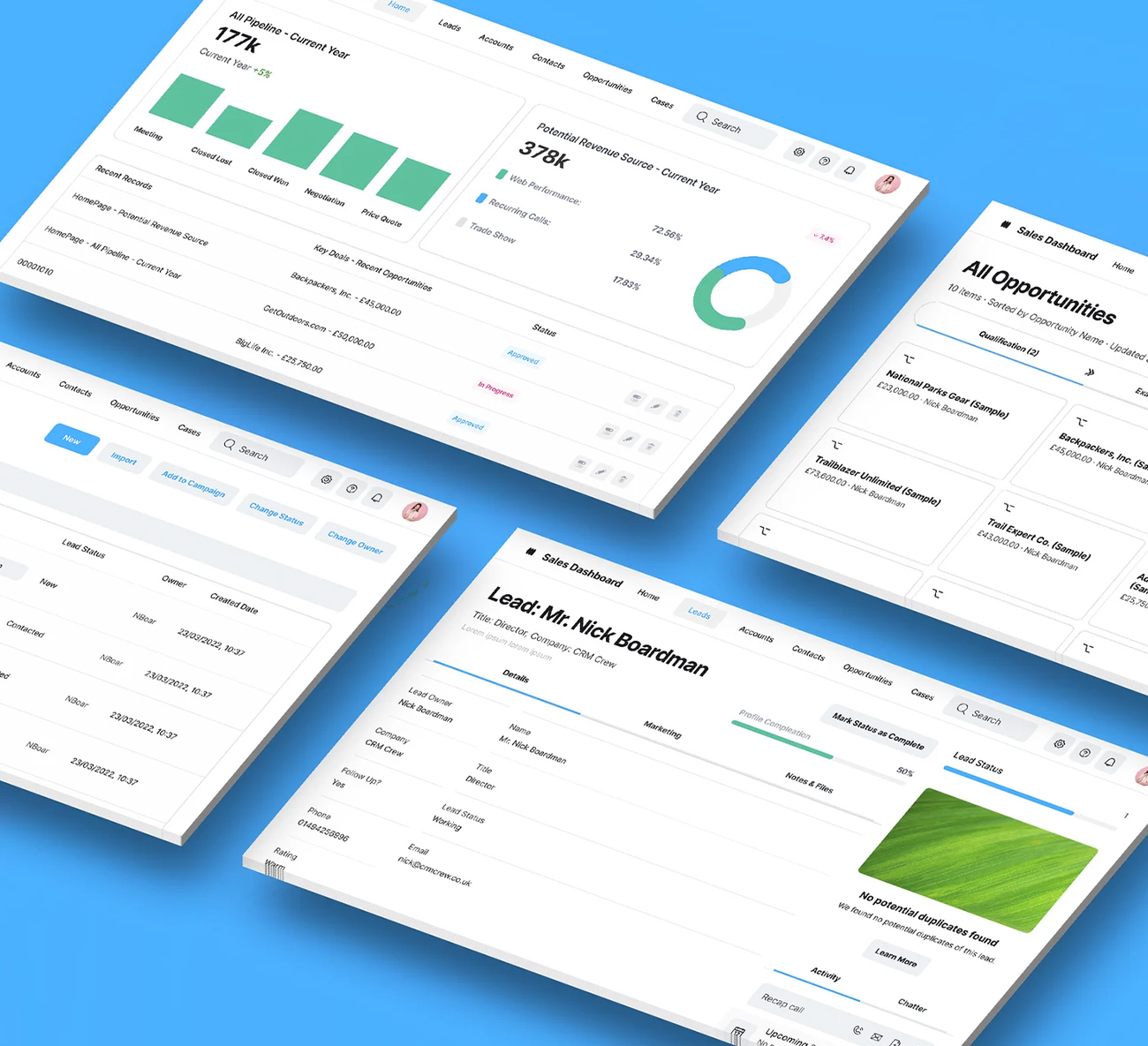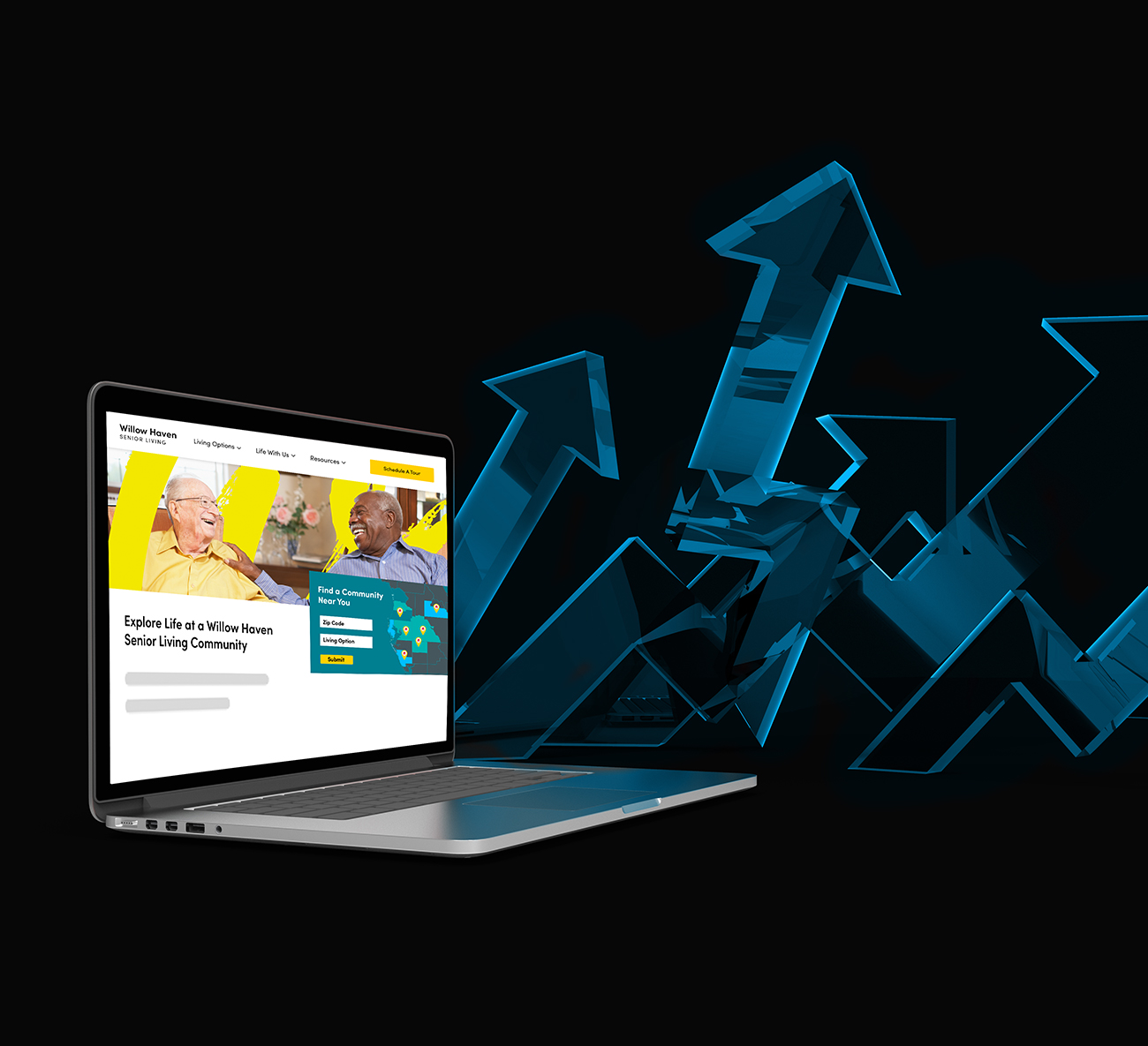What is the Customer Journey?
With so many ways to reach a customer, the obvious question at the end of the day is: which of my marketing channels, messages and creative swayed that sale?
The answer is – all of them. And that’s why mapping the customer journey is so important. The customer journey is the sum of experiences while interacting with your brand, from first impression through brand advocacy.
Mapping Out the Customer Journey
Early in the history of marketing, the success metric was always the last touchpoint, the assumption being that it was the most persuasive ad or message and caused the sale. Now we know it’s much more complex than that. We know that it is a journey that crosses devices, departments, channels, etc.
A potential customer might read a friend’s Facebook post that speaks highly of your product or service, leading that potential customer to possibly check out your Facebook page and click the link to your website. They might say, “Hmm, that looks interesting. I should save this.” Assuming that you are re-engaging those who show interest, that person will now be followed with some sort of supplemental content or ad for your product or service.
Two months after initial awareness, that customer might finally conduct a search, put in your company’s name and begin to engage further. That engagement might involve subscribing to your newsletter, reading a post on your blog or asking for further information. A month later, when that potential customer feels they have enough information and room in their budget, they may click through to your ecommerce site and might (or might not) purchase.
Today, when we think about the Customer Journey, we tend to look at the various stages as concentric because they most definitely overlap each other. Awareness continues to be reinforced even as Action and Engagement take place (see the diagram below).

Measuring the Success
To determine your overall success and ROI (return on investment), you need to know what touchpoints contributed to the process between a “window-shopper” to a purchaser.
And, if they don’t purchase, what do you do? How do you get them to be a purchaser? As a result of continuous data analysis, we can now begin to get a clearer picture of the purchase-action catalysts. If a particular headline and graphic combination seems to be getting more engagement, that ad might take a more prominent position in the rotation. Conversely, if a particular campaign or medium is getting little action, it might even get pulled.
We can see these patterns from online to even in store. With more advanced analytics, we know where a customer came from and how they got there. Online marketers can now make wise decisions based on solid data and analysis. Return on investment can be calculated in various ways including cost to acquire that customer balanced against their potential lifetime revenue.
Engagement is Key
While many sales success stories focus on the number of “leads” in the sales funnel, the most important performance indicator actually is the level of engagement.
We’ve learned that the more relevant the engagement, the more certain the sale. During the engagement phase, it is critically important to understand each customer’s needs. An integrated approach that is designed on your unique buyer personas is best. It increases the chances that a prospect will become aware of your brand, and at some point, more fully evaluate it to determine their engagement level. This connection to a prospect, through a channel that means something to them, becomes a turning point, when the decision is made to continue along the journey with your brand in the form of meaningful engagement.
Let the Conversation Begin
Now the prospective customer is actually interacting with your brand and relating it to their own situation. At this point, if you are listening closely, you have the best chance to convert the prospect to a customer and the customer to a brand advocate. By “speaking” to them personally and specifically, engagement becomes more like a conversation and interaction becomes a relationship.
The Customer Journey consists of so many facets. It’s increasingly important to speak to your prospects as individuals, providing targeted, relevant content. Building awareness is only step one in the Customer Journey, but we can no longer think of the path as linear. It involves much more nurturing than before, so the match between the customer need and your brand must be perfectly orchestrated. And that orchestration comprises the rather complex, very exciting Customer Journey.









